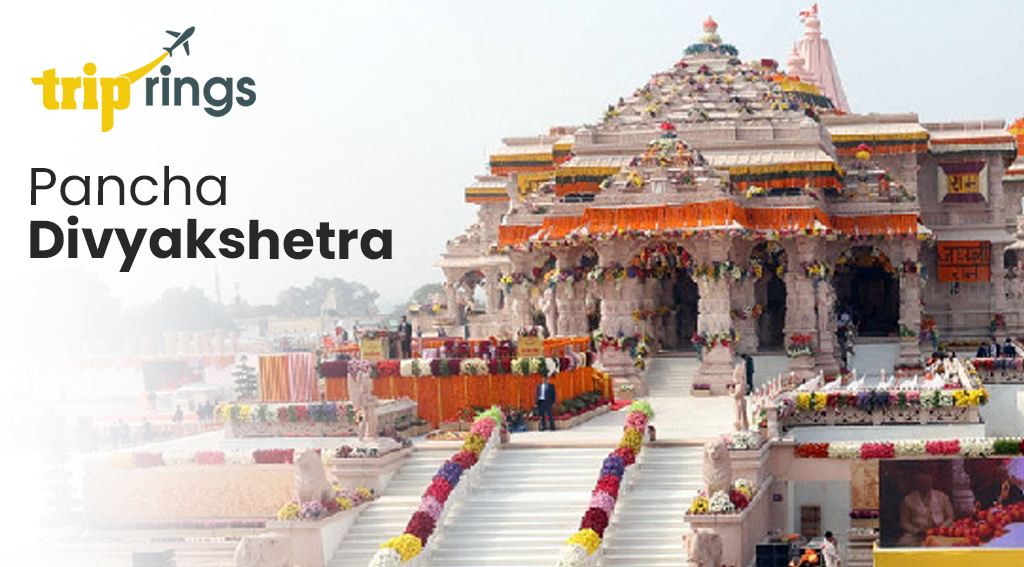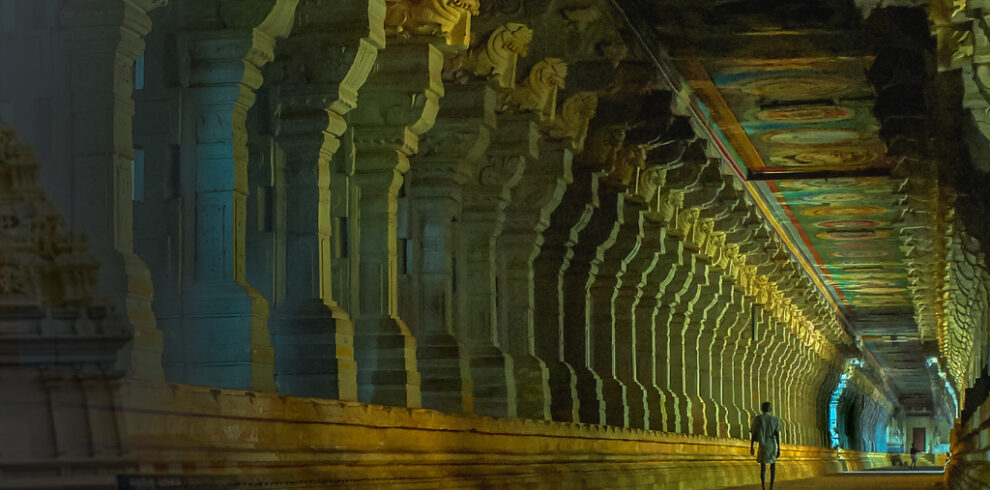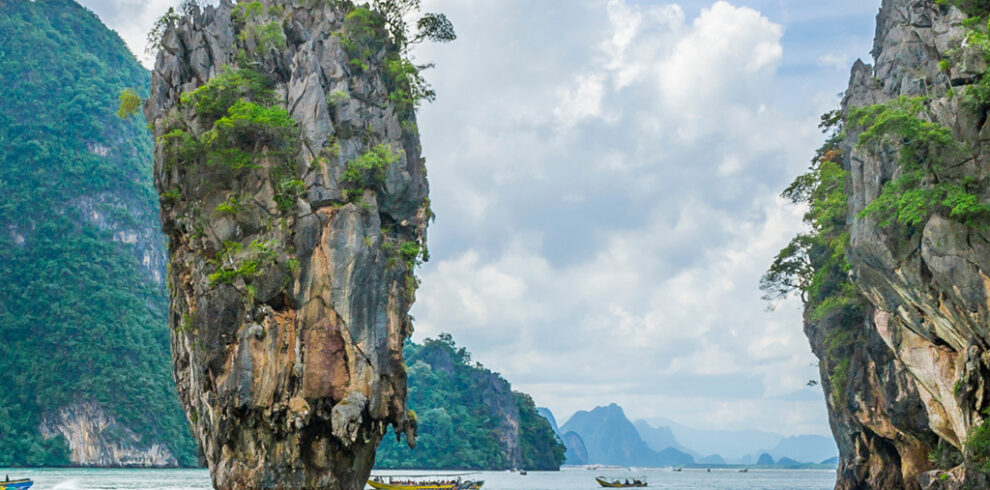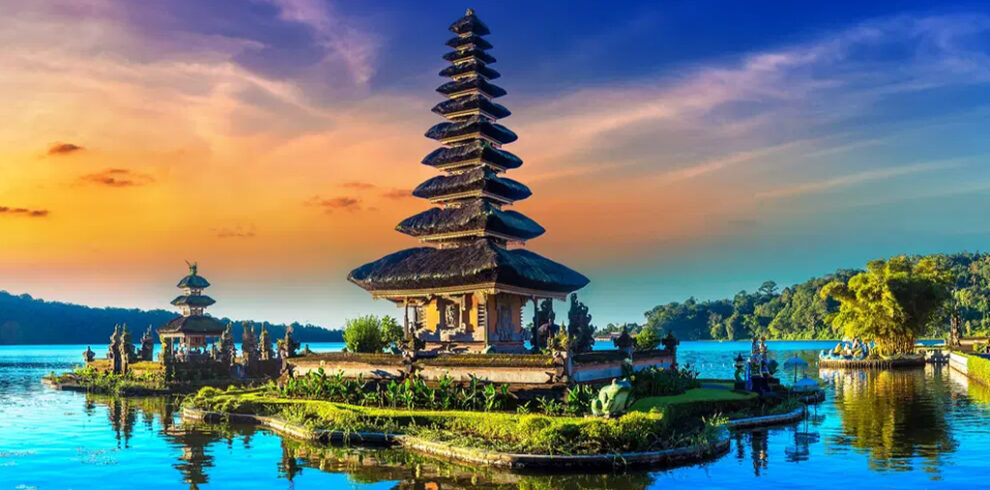Overview
Embark on a 9-day spiritual and cultural journey through sacred sites in India. Immerse yourself in the rich history and traditions of Hinduism, visiting Varanasi, Ayodhya, Mathura, Vrindavan, Agra, and Delhi. Witness iconic landmarks like the Taj Mahal and explore the birthplace of Lord Krishna. This tour offers a unique blend of spirituality, cultural experiences, and historical exploration.
Highlights
- Varanasi: Sacred temples (Kashi Vishwanath), Ganga Aarti, Sarnath (Buddha's first sermon), Assi Ghat, Ramnagar Fort. Ayodhya: Hanuman Garhi, Ram Janmabhoomi (Rama's birthplace), Saryu River, Kanak Bhawan, Nageshwar Nath Temple. Mathura & Vrindavan: Krishna Janmabhoomi, Banke Bihari Temple, ISKCON, Prem Mandir, Nidhivan (Raas Leela site). Agra: Taj Mahal, Agra Fort, Fatehpur Sikri, Mehtab Bagh, Chini Ka Rauza. Delhi: Red Fort, Jama Masjid, Qutub Minar, India Gate, Humayun's Tomb.
Itinerary
Upon your arrival at Varanasi Airport or Railway Station, meet our representative and transfer to the hotel. After check-in, start your sacred journey by visiting the revered Kashi Vishwanath Temple, one of the most famous Hindu temples dedicated to Lord Shiva. The temple is located in the heart of Varanasi and is considered one of the twelve Jyotirlingas. You’ll also visit the Annapurna Temple, dedicated to the goddess of food and nourishment, and Kaal Bhairav Temple, where the fierce form of Lord Shiva, Kaal Bhairav, is worshipped as the guardian deity of Varanasi. In the afternoon, proceed to Sarnath, the place where Lord Buddha gave his first sermon after attaining enlightenment. It is a major pilgrimage site for Buddhists worldwide. In the evening, witness the magnificent Ganga Aarti at the ghats of Varanasi, a spiritually enriching experience with chants, incense, and lamps that illuminate the sacred River Ganges. Return to the hotel for an overnight stay.
Overnight Stay: Varanasi (The Elegance)
Start your day with an optional Pind Daan ritual by the sacred River Ganga (at an additional cost), a sacred Hindu ritual for the departed souls. Afterward, visit the Kashi Vishwanath Temple once again to experience its morning rituals. After breakfast, continue your exploration of Varanasi by visiting the Durga Temple, also known as the Monkey Temple due to the large number of monkeys residing in the area. The temple is dedicated to Goddess Durga, a powerful form of Shakti. Next, visit Sankat Mochan Hanuman Temple, dedicated to Lord Hanuman, the god of strength and devotion, and Manas Mandir, a beautiful temple located on the campus of Banaras Hindu University (BHU). BHU is one of the largest residential universities in Asia. Later, proceed to Sarnath, where you’ll explore the Dhamek Stupa, built to commemorate the first sermon of Buddha, and the Chaukhandi Stupa, a major Buddhist site. Also, visit the Sarnath Archaeological Museum, which houses artifacts from Buddhist history.
Overnight Stay: Varanasi
After breakfast, drive to Ayodhya, the birthplace of Lord Rama and a city of immense religious significance for Hindus. Upon arrival, visit the sacred Hanuman Garhi, a temple dedicated to Lord Hanuman, who is believed to protect the city. Then, proceed to Kanak Bhawan, a beautiful palace that is said to have been gifted to Sita by her mother-in-law after her marriage to Lord Rama. Also visit Sita Ki Rasoi, an ancient kitchen said to be used by Goddess Sita. In the evening, experience the serene Sarayu Aarti at the banks of the Sarayu River, a sacred river mentioned in the Ramayana.
After breakfast, depart for Prayagraj (formerly Allahabad), a city that holds a significant place in Hinduism due to the Triveni Sangam, the confluence of three sacred rivers: the Ganga, Yamuna, and the mythical Saraswati. A holy dip at the Sangam is believed to cleanse one's sins and bring salvation. Prayagraj is also known for hosting the Kumbh Mela, the largest religious gathering in the world. Visit the historic Anand Bhavan, the ancestral home of the Nehru family, which has now been transformed into a museum. It provides insights into India’s freedom struggle and the personal lives of the Nehru family. Also, visit the unique Laying Hanuman Temple, which houses an enormous statue of Lord Hanuman in a reclining posture. After exploring Prayagraj, proceed to Varanasi.
Overnight Stay: Varanasi
Post breakfast, transfer to the Varanasi Railway Station for your train to Mathura, the birthplace of Lord Krishna. Upon arrival, check into your hotel. After some rest, proceed to Gokul, where Lord Krishna spent his childhood. Visit the sacred Raman Reti, where Krishna is said to have played as a child. Other highlights include Chinta Haran Temple, where devotees come to relieve their worries, Brahmand Ghat, where Krishna revealed the universe in his mouth, and Chaurasi Khamba, a historical monument. Later, visit Raval Village, the birthplace of Radha, Krishna's beloved. In the evening, explore Sri Krishna Janmabhoomi, the exact birthplace of Lord Krishna, and Dwarkadheesh Temple, one of the largest and most revered temples in Mathura.
Overnight Stay: Mathura
After a delicious breakfast, proceed to Vrindavan, one of the most revered sites for Krishna devotees. Start your tour with Mata Vaishno Devi Temple, followed by the famous ISKCON Temple, which is a major center for the Hare Krishna movement. Visit the Banke Bihari Ji Temple, where Lord Krishna is worshipped in the form of Banke Bihari, a delightful representation of the playful Lord. Continue to Rangaji Temple, a South Indian-style temple dedicated to Lord Ranganatha, and the mesmerizing Pagal Baba Temple. In the afternoon, explore the mystical Nidhivan, where it is believed that Lord Krishna still performs his divine Raas Leela. Witness the Yamuna Aarti by the holy river before visiting the stunning Prem Mandir, known for its exquisite marble carvings and intricate sculptures that depict the life of Lord Krishna.
Overnight Stay: Mathura
After breakfast, drive to Agra. Begin your exploration with the world-famous Taj Mahal, an epitome of love and a UNESCO World Heritage Site. This white marble mausoleum was built by Mughal Emperor Shah Jahan in memory of his beloved wife, Mumtaz Mahal. After admiring the beauty of the Taj, visit Agra Fort, another UNESCO World Heritage Site. The fort is a magnificent example of Mughal architecture and was the main residence of the emperors of the Mughal Dynasty until 1638. Spend the evening at leisure or explore the local markets.
Overnight Stay: Agra
After breakfast, check out from your hotel and proceed to Delhi, India’s vibrant capital city. Begin your tour with a drive past the imposing India Gate, a war memorial dedicated to Indian soldiers. Then, explore the grand Rashtrapati Bhavan (President's House) and Parliament House. Visit Raj Ghat, a memorial dedicated to Mahatma Gandhi, followed by the Bahai Lotus Temple, an architectural marvel shaped like a lotus flower, symbolizing peace and unity. Continue to the Qutub Minar, the tallest brick minaret in the world, and finally, explore the Red Fort, a UNESCO World Heritage Site and an iconic symbol of India’s rich history.
Overnight Stay: Delhi
After breakfast, check out from your hotel and transfer to Delhi Railway Station for your onward journey back to Home, bringing back memories of a spiritually uplifting and culturally rich tour.
Cost
The Cost Includes
- Package Inclusions:
- Accommodation in well-appointed rooms on triple sharing basis.
- Meal Plan: Breakfast and Dinner (CPAI).
- All transfers and sightseeing by AC Tempo Traveler.
- One boat ride in Varanasi and one boat ride in Prayagraj.
- Rickshaw ride in Varanasi.
- Experienced guide services throughout the tour.
- Toll taxes, parking fees, fuel, and driver allowances.
- Varanasi: The Elegance or similar
- Ayodhya: Royal Heritage or similar
- Mathura: As similar as Before
The Cost Excludes
- Personal expenses and optional tours not mentioned in inclusions.
- Entry fees to monuments and attractions unless specified.
- Pind Daan cost (optional activity).
- Tips, insurance, and any additional meals.
FAQs
Annapurna Base Camp is a Grade B or a moderately difficult trekking route. So any fit person can do this trek, even if you do not have any previous experience. You should be aware of what to expect and mentally prepare for it. Then, as long as you will too, you can.
On average, you walk about 4 to 6 hours per day. One or two days can be as less as 3hrs and one or two days can be as long as 7hrs.
The highest altitude reached is 4190m. This is the elevation of Annapurna Base Camp. ABC is the highest we will climb in this trek.
Yes, you can charge batteries en route. Charger should be brought. There are hot shower facilities as well. You may have to pay a certain amount for both ($1-$2). Negotiate. Also, a hot water facility could be free at a lower elevation.
No. There are no ATMs on this trek route. You will have to draw enough cash in Pokhara or Kathmandu. There are a number of ATMs in these cities. Everything is paid in Nepali rupees. So money should be exchanged before the start of the trek.
Yes. The Internet can be accessed in most places. Sometimes, there might be some technical problems. The Internet in Nepal is not as fast as you are used to and at times you can just lose connection.
Not really. It depends on you. If you want, ABC trekking can be done independently. You could hire a guide and a porter by yourself instead of going through an agency or not hire a guide at all. Although, not having a guide can be a little problematic during the offseason.
It really depends on you. Is it your first time in Nepal? How confident are you of being able to find your way around? How pressed on time are you? If you go through an agency, it will be costlier but everything will be planned. You will only have to come, trek and return.
For the Annapurna region, pay for guides range from $20 to $30 per day and porters take $15 to $25 per day.




